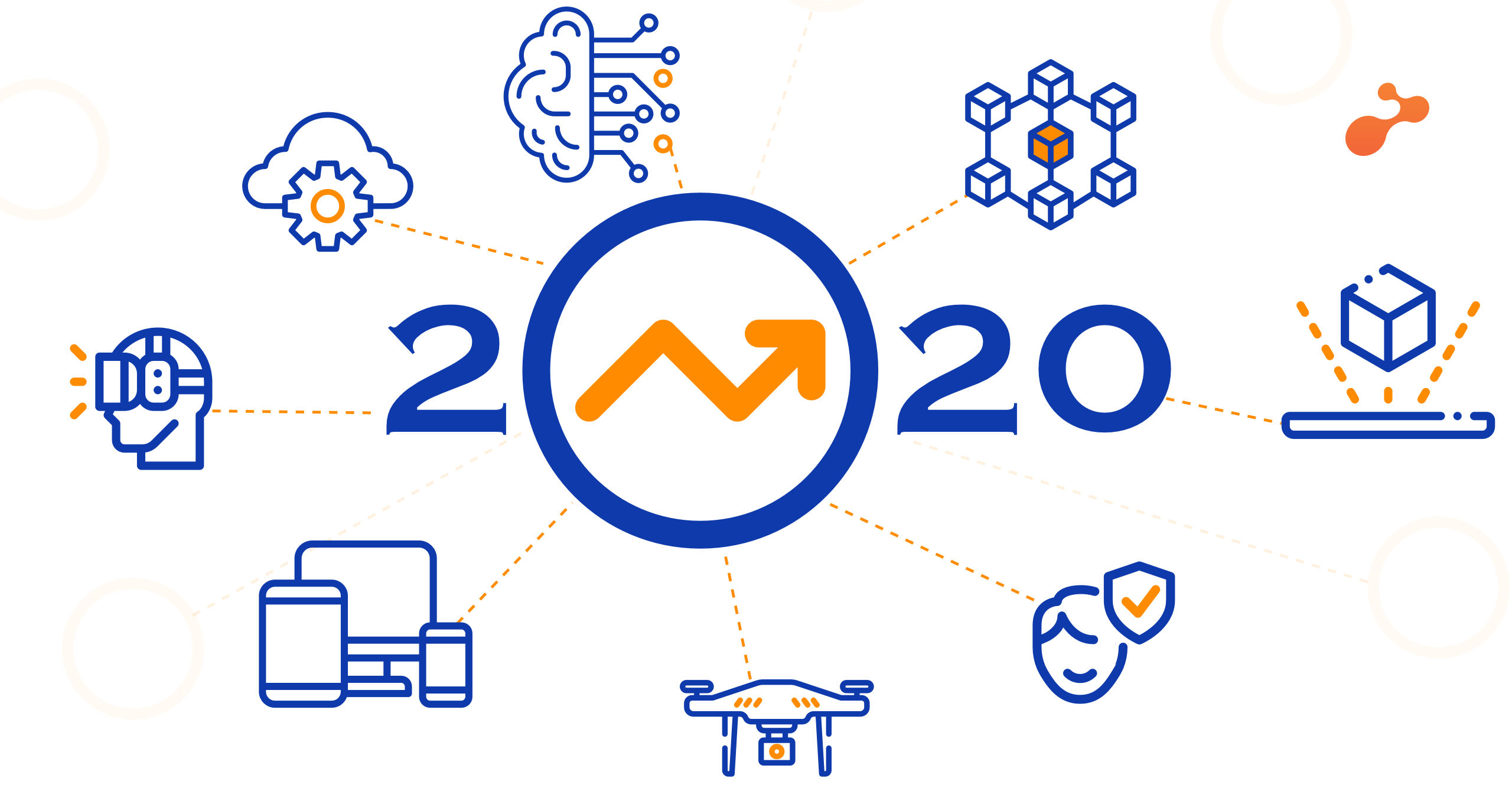I have often observed, if you are bidding on a large project and if the client asks for a fixed fee pricing model, the development team would like to have a detailed breakdown of work items or requirement document to avoid any ambiguity further.

The concern does look genuine.
Although there are innumerable pricing models across the globe, fixed price and time and material are the two primary pricing models. These bring with them varying advantages and disadvantages to the service consultant as well as to the client.
Unlike time and material, a fixed price contract sets a single price for the project regardless of the amount of time and expense the consulting company incurs. Time and material, on the other hand charges the client for the hours put on the project, along with the expenses incurred by the consultant.
Many clients seeking professional services prefer fixed price of billing over the other. And, the consultant will be excited about this prospect only when the client's works can be provided with a quick turnaround. However, this might be an issue when the client does not come with detailed agreement and scope of work. In this case, the consultant might be asked to put many more hours of work without pay.
So, what should be the best approach for both consultant and client!
There is no permanent advantage of one type of billing over the other. Open and honest discussions between the client and consultant will help the client understand how the work can be completed efficiently.
Why client wants fixed project
Most times, pricing is often decided by customers, based on their budget, past experience with other service providers or sometimes influenced by their capabilities. In most cases client may prefer a fixed price contract over time and material as it is easier to set a specific budget for such projects and, when the client has very specific about the type of work and some components of that work is already done.
Couple of things to consider while taking up fixed price projects
Maturity levels of both parties will help in arriving at a decision framework. This will help both service provider and the client to assess and decide on the best suitable pricing model.
This has to be based on many parameters, such as service or engagement type, duration of engagement and goals. This has to be followed by clear discussion before making an estimation of cost.
If you are a consultant you need to ascertain the following before taking up the fixed price project:
- The size of the project - this means if the project is small with quick turnaround or medium level projects which needs to be taken up in various stages
- If the client is clear with the requirements
- If the statement of work is prepared and clearly discussed
- The client’s strategy and project specifications are crystal clear and system requirement is defined
- Client's financial viability and budgets
How to make it work for you and the client
- Talk to the client
Requirement briefing is a very crucial stage in fixed price projects, as the project will be based exactly on what has been discussed. Nonfunctional requirement eats up lots of time. Hence, as a consultant, you ought to understand the scope clarity, work break down structure, estimation for both bottom up and top down.
- Understand timeline constraints
Whether it is a product or a service, understanding the reasons for timeline specified by the client and ascertaining the business risks involved in changes is critical for time to market.
- Be open with customer in terms of
Domain expertise and technical areas and clarify challenges and discuss risk mitigation plans in advance.
- Resource management
You have to make sure there are enough dedicated resources in a team for the project and a fully dedicated project manager. Get committed executives sponsored from both customer and company and get timely decisions in terms of approval
- Review of allocated versus budgeted cost
It is critical to take a look at burn down chart on weekly basis and check for any scope creep i.e., impact of any new or small changes on the budget. It is ideal to have at least one milestone and invoice per month.
- Change Management
To manage changes thoroughly, you have to avoid scope creep and follow weekly change management review regularly.
- Communication
Have daily brief status on small projects and have weekly status update on every project. This helps in timely review of status and corrective action mentioned in MOM.
Here’s when you should choose fixed price contracts:
[checklist icon="check" iconcolor="" circle="no"]
- When requirements, acceptance and deliverables criteria are clearly defined.
- When the business strategy is straightforward.
- When you don’t foresee any of the requirements to change much once the project has started.
- When the client want you to handle the entire cycle of work right from gathering requirements to final delivery.
[/checklist]
Offering your clients the option to decide whether they want to pay based on actual effort spent on fixed cost contract will make you win their trust and many other projects. Choosing fixed price contract may put you to walk on a tight rope but, if the project is delivered quickly or components are reused to save development effort then that benefit is passed directly to you as well as the client.








